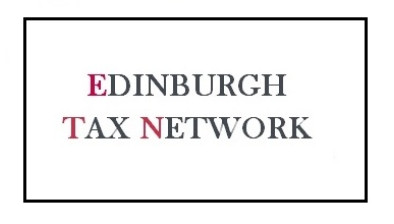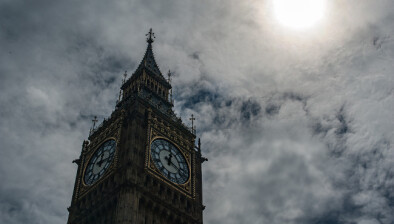IFS: Parties’ minimum wage plans would boost wages of millions
Plans issued by the Conservatives and Labour parties to raise the minimum wage rates would result in a pay boost for millions of people, according to the Institute for Fiscal Studies (IFS).

IFS has revealed that Conservative plans to raise the National Living Wage to two-thirds of the median hourly wages, to around £10.39 by 2024, and extend it to 21- to 24-year-olds, would bring one in six employees within scope, increasing the numbers affected by 2½ million (from 1.9 million today).
Whereas Labour plans to introduce a £10 minimum for all aged 16 and over would mean more than a quarter of all employees’ wages being directly set by the minimum, with an additional 4.6 million employees aged 21 and over directly affected, taking the total to 6½ million.
The research has also found that because the lowest wages tend to be found in the private sector, the impact here will be even greater.
Labour’s policy would mean nearly 30% of private-sector employees’ wages would be set directly from Whitehall, while Conservative policy would set 20% of private-sector wages.
Low-wage regions would also be more affected. Around 30% of employees in the North East, North West, Yorkshire and the Humber, East and West Midlands, and Wales would be on the minimum wage under Labour’s plans.
The National Living Wage (NLW) currently applies to employees aged 25 and over and stands at £8.21 an hour. It’s set to rise to around £8.53 in 2020 and £9.68 in 2024 under current policy.
Both parties’ plans would take the minimum wage to a historical high and give the UK one of the highest minimum wages among developed countries.
Among employees aged 21 and over, Labour’s plans would mean minimum wages would directly affect one-third of women, nearly half of part-time employees and two-thirds of those working in hospitality.
The Conservatives’ plans would see the share of 21- to 24-year-old employees affected by the minimum wage rise from 9% today to 36% by 2024.
Under Labour policy, 49% of employees aged 21–24, 82% of those aged 18–20 and 94% of those aged 16–17 would be affected by the minimum wage. There are particular risks to having very high minimum wages for young employees, many of whom may struggle to find employment at those wages.
The direct benefits from minimum wage increases would mostly go to middle-income households. Only 17% of minimum-wage workers today live in the poorest fifth of households and only 19% are in households in relative income poverty, partly because low-paid workers often live with higher earners.
Many of those who do live in low-income households would see part of their gains clawed back through reduced benefit entitlements.










